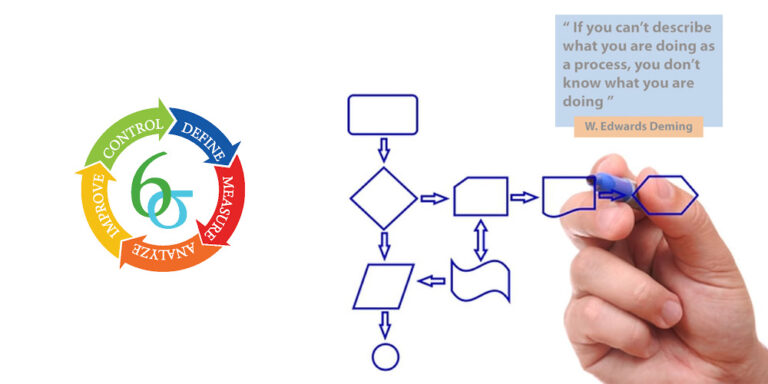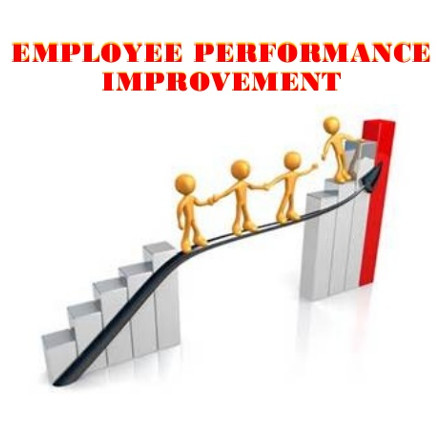Project Efficiency Measurements
Project Management is concerned with balancing trade-offs between project scope, project performance/quality, project cost and time. The following equation shows how this trade-offs relate:
C=f(P,T,S)
Cost is a function of performance, time and scope. As performance and scope increase, costs generally increase. As cost decreases, typically scope and performance decrease. The relationships are not perfectly linear but useful for fundamental project management.
With the constraints placed on projects evident, organizations are focusing on getting the most of every project dollar. Logically, an emphasis on increasing project management effectiveness and efficiency is in order. The belief that effectiveness and efficiency are similar is not factual. While effectiveness and efficiency can have complimentary impacts, they are different aspects of project management.
Project Efficiency is a focus of process. Matters such as process quality, schedule and cost, process downtime due to breakdowns, lost time due to accidents/error are efficiency measures. Project effectiveness is focused on results. It measures things such as: are the results meeting the needs of the business, do the results fit the project intention, is the customer happy with the outcome(s)?
To take from Peter Drucker, efficiency is concerned with “are we doing things right (project performance/quality)?” where effectiveness is concerned with “are we doing the right things (project scope)?”
Project Effectiveness begins with the correct identification of a problem to correct or an opportunity to take advantage. In project management this is typically done with the formulation of a Needs Statement or problem statement. A properly developed Needs Statement codifies the following:
- What is the problem or opportunity?
- What reliable evidence/data (qualitative and quantitative) supports your conclusions?
- What would happen or fail to materialize if the project was not undertaken?
- What results would a successful project produce in the short-term, mid-term and long-term?
- Why is the project urgent?
Following a concise Needs Statement, the formulation of a Project Execution Plan (PEP) is the next step. A PEP, helps to direct the organization to achieving the end results of which the project was intended. The PEP details and summarizes plans for scope, time and budget, resources, procurement, risk management, scope change control, communication and quality management. The PEP, helps to direct the organization in achieving the end results of which the project was intended. Scope, resources and risk, are considered effectiveness issues. Schedule and budget are considered efficiency gauges in project management. It is important to understand that you must manage effectiveness issues in order to improve efficiency. An example:
Typically, the greatest threat to project success is from large scope increases. Scope is an effectiveness lever, which affects efficiency indicators such as time and budget. If scope increases, project schedule duration increases and it is likely that budget overruns will take place.
Project effectiveness begins with the simple but thorough understanding of the problem or opportunity. Rigorous development and analysis of project scope and its execution is required to ensure that the organization is working towards the correct goal(s). With project effectiveness established, efficiency targets and monitoring can be established and there is a greater chance of project success.






